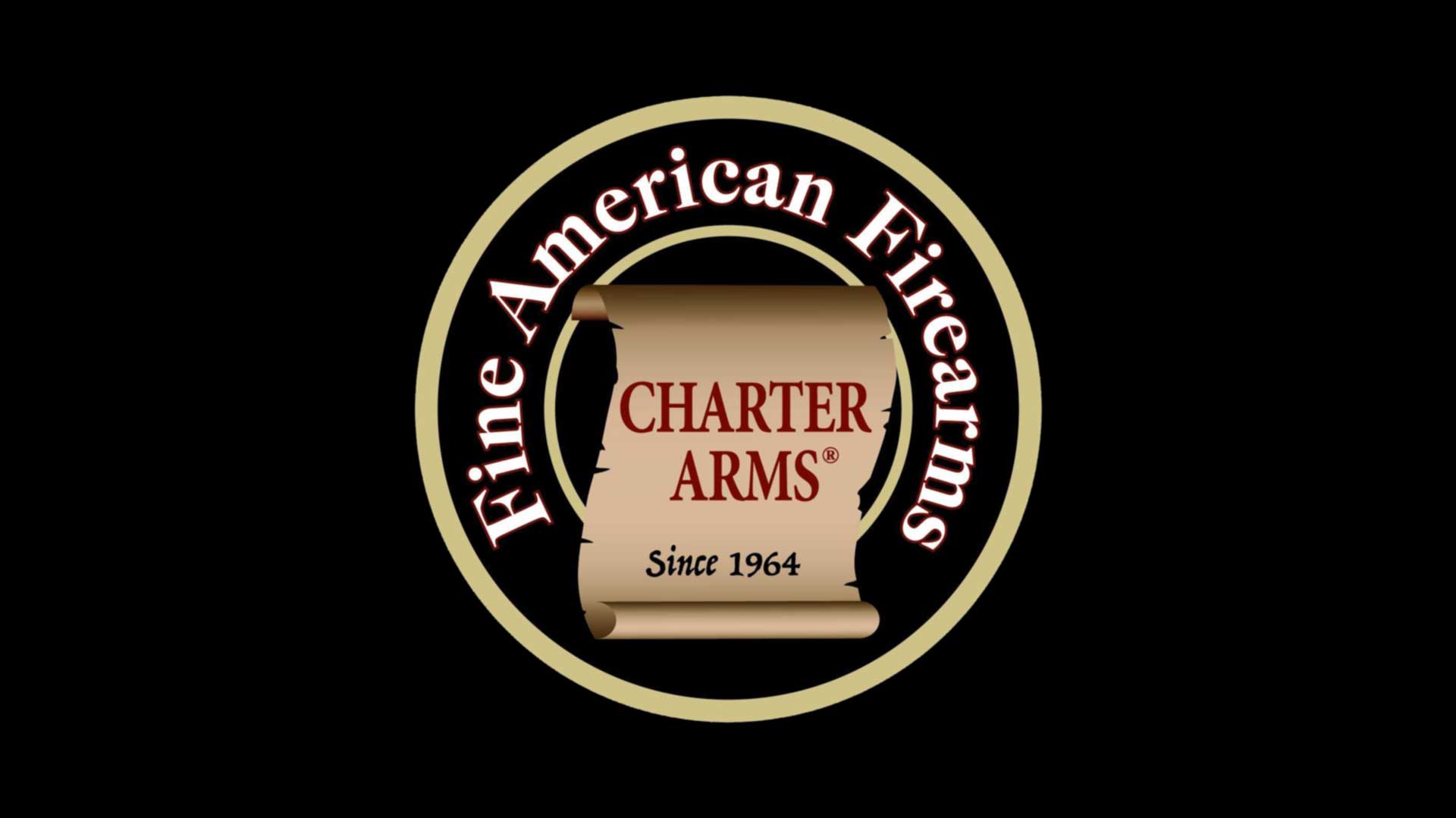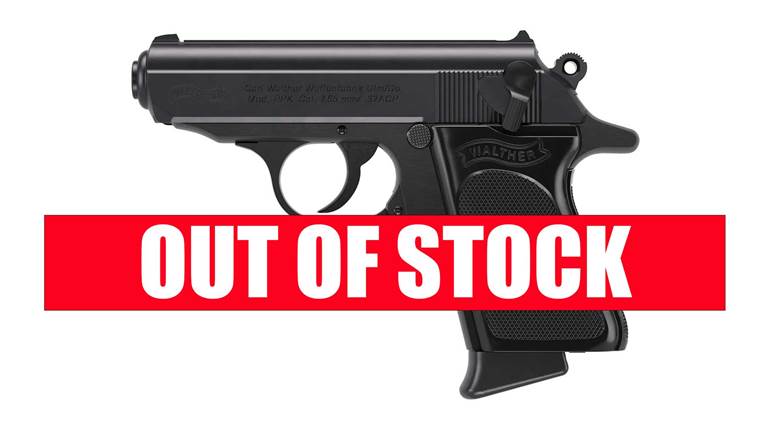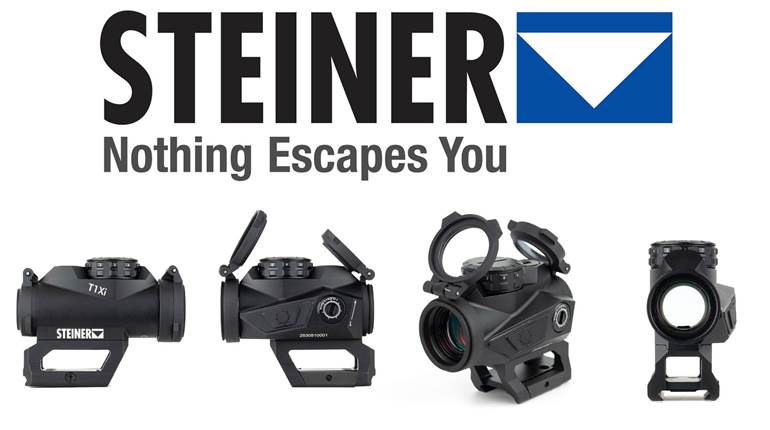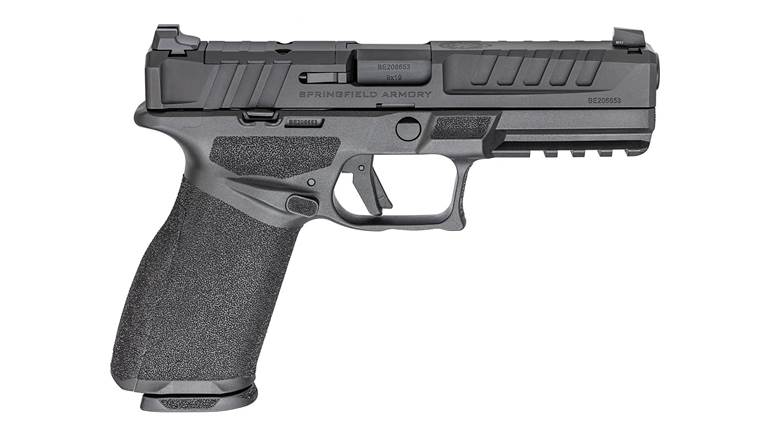
Douglas McClenahan, a young gun designer who had amassed a wealth of experience during his employment with High Standard, Colt and Ruger, launched a firearm company of his own in 1964. He wisely opened shop in Stratford, Conn., in the heart of America’s gunmaking tradition and home to a generous supply of trained and knowledgeable staff. That firm was named Charter Arms.
The first gun Charter Arms produced was a five-shot revolver, chambered for .38 Spl. It weighed only 16 ounces, despite its one-piece, steel-frame construction. It also featured what was, at the time, an unusual hammer block system. Somehow the gun still managed to have fewer parts than others on the market.
It was called the Undercover, an appropriate name that reflected its rugged build and light weight. It didn’t take long for it to gain favor among enthusiasts and some in law enforcement. In 1967, David Ecker, a lifelong friend of McClenahan, became a partner in Charter Arms. Health issues forced McClenahan into retirement in 1978. Ecker purchased his share of the company and assumed the roles of president and chairman of the board.
Running a firearm business is more complex than simply making good guns, though. By the late 1980s, the company was facing significant financial strain. It changed hands, and by the ’90s, was renamed Charco at one point—an acronym for Charter Arms Co.—and finally reacquired at the turn of the century by Ecker. He renamed it Charter Arms 2000, but returned to the original, shorter, Charter Arms version only a few years later.
Today, the company is based in Shelton, Conn., and continues to produce revolvers largely based on McClenahan’s original principle: simplicity breeds reliability and trims ounces. They remain light in weight, still feature that single-piece frame and reduced moving part inventory. Cylinders lock up in three places and hammer throw is short for fast lock time.
The company currently offers 13 different models—including one for lefties and the Undercover that launched the firm. Each are manufactured in the United States and available in different variants.

















![Winchester Comm[94]](/media/1mleusmd/winchester-comm-94.jpg?anchor=center&mode=crop&width=770&height=430&rnd=134090756537800000&quality=60)
![Winchester Comm[94]](/media/1mleusmd/winchester-comm-94.jpg?anchor=center&mode=crop&width=150&height=150&rnd=134090756537800000&quality=60)


















